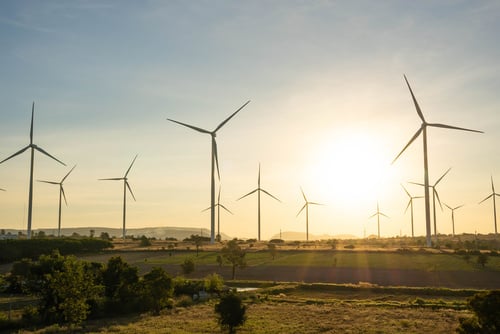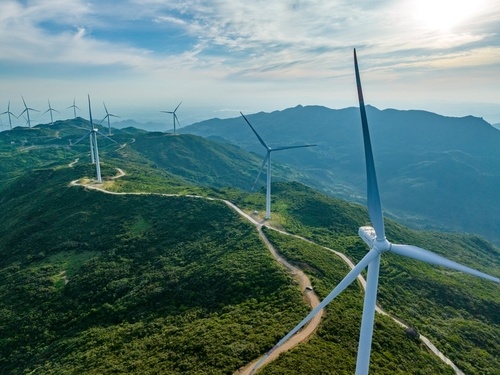Our Market Analyst and Energy Trader Jitesh Panchal breaks down the market factors that have influenced gas and electricity prices across September.
Gas
Last week, news of extensions to Norwegian maintenance projects seemed to dwarf any bearish sentiment provided by the news of an agreement between Chevron and its workers at 2 Australian LNG plants. The return of capacity at the major Troll gas field was pushed back to 25th September. Whilst capacity did finally return as planned, a further unplanned 19 mcm/d outage at the Skarv gas field was announced over the weekend. The current changeability on the Norwegian maintenance schedule is adding real volatility to markets and this is now likely to continue into October.
EU storage sits comfortably at 94.75% full, but UK storage has fallen to 60% following weeks of reduced Norwegian flows, however, we expect this to improve in the coming weeks as Troll has returned. Asian LNG prices have also increased from the previous week by $1/MMBbtu. A partial increase was linked to a change-over of contract from Oct-23 to Nov-23 in addition to anticipation of higher demand ahead of Winter with reports suggesting renewed demand from China, Japan and South Korea for spot procurement.
Oil prices were relatively rangebound last week as the tight Q4-23 supply outlook was countered by continued economic worries. The Federal Reserve maintained a hawkish tone in their address last week despite holding rates. They did not rule out further hikes later in the year and pointed to tighter conditions in 2024. On Thursday, Russia announced a ban on gasoline and diesel to stabilise the domestic market. On Monday, the ban was lifted on marine diesel and high-sulphur diesel. The ban is not expected to last long, with some analysts predicting the full ban will be lifted once the harvest period is over.
Power
Renewables accounted for 49% of the GB energy mix last week after several weeks of lacklustre results. This pressured prices on the prompt at as low as £53/MWh last Wednesday, falling even lower to £46/MWh over the weekend. Despite a healthy supply picture, prices across the board were not immune to bullish moves on gas markets caused by extensions to Norwegian outages. Day-ahead and front-month prices were pushed back into £90/MWh+ territory, with Win-23 posting more subtle gains of around £2/MWh over the previous week.
This fundamental picture is comfortable with improved nuclear output levels in the UK and France however continued unpredictability on the Norwegian maintenance schedule is keeping prices volatile. Temperature forecasts have been revised up again, making a mild start to October increasingly likely, and wind output is set to hover around norms until 8th October. However, a further unplanned Norwegian outage at the Skarv gas field saw prices tick up on Monday.
The price spread between UK and Europe has increased due to higher declines observed in the UK market. UK Carbon prices hit a record low of £34/tonne last week as the government announced a change of course on climate policies relating to the 2050 net zero target which weighed on seasonal power contracts. Support in the European market is seen from increased net short positions by investment funds from 20.3Mt to 21.8Mt. This is the largest total short positions funds have held in almost two years.
Like our reports? Each day we send a Daily Energy Report keeping you abreast of all market changes - sign up to it below.






